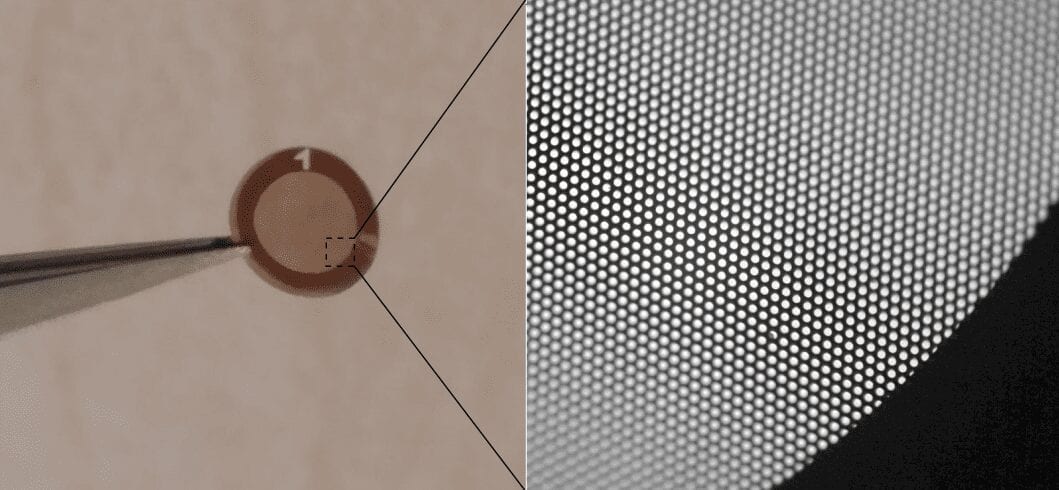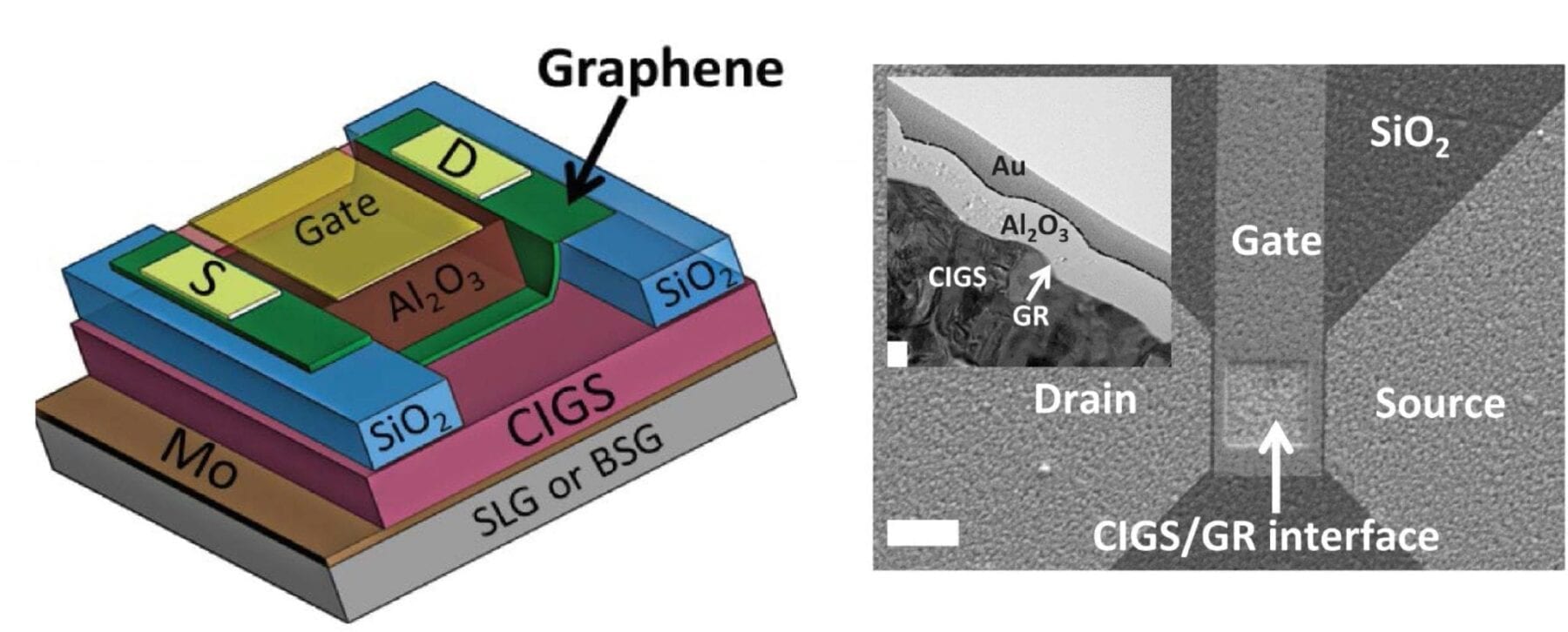Graphene light sail
A tiny sail made of the thinnest material known – one carbon-atom-thick graphene – has passed initial tests designed to show that it could be a viable material to make solar sails for spacecraft.
Light sails are one of the most promising existing space propulsion technologies that could enable us to reach other star systems within many decades.
Traditional spacecraft carry fuel to power their journeys and use complex orbital manoeuvres around other planets. But the weight of the fuel makes them difficult to launch and intricate flyby manoeuvres considerably lengthen the journey.
Solar sails need no fuel. Spacecraft equipped with them are thus much lighter and easier to launch.
Two spacecraft flown over the past decade have already demonstrated the technology, but they used sails made of polyimide and of mylar, a polyester film.
Graphene is much lighter. To test whether it could be used as a sail, researchers used a scrap just 3 millimetres across.
They dropped it from a 100-m tall tower in Bremen, Germany, to test whether it worked under vacuum and in microgravity.
Once the sail was in free-fall – effectively eliminating the effects of gravity – they shone a series of laser lights onto it, to see whether it would act as a solar sail.
Shining a 1 watt laser made the sail accelerate by up to 1 m/s2, similar to the acceleration of an office lift, but for solar sails the acceleration continues as long as sunlight keeps hitting the sails, taking spacecraft to higher and higher speeds.
“Making graphene is relatively simple and could be easily scaled up to kilometre-wide sails, though the deployment of a giant sail will be a serious challenge,” says Santiago Cartamil-Bueno, leader of the GrapheneSail team and director of SCALE Nanotech, a research start-up company operating in Estonia and Germany.
SCALE Nanotech is now looking for strategic partners to scale up the technology for an eventual test in space. The product development of the sail technology is currently accelerated through ESA’s Business Incubator Centre in Hessen and Baden-Württemberg, Germany.
Astrid Orr of ESA’s human spaceflight research programme oversees physical science experiments in weightlessness for human and robotic exploration.
She says: “This project is a wonderful example of scientific research that can be performed in weightlessness without leaving Earth.
“Dropping graphene and shooting it with lasers is fascinating. To think that this research could help scientists to send instruments through the solar system and, if one dares to dream, to distant star systems in years to come is the icing on the cake.”
The Latest Updates from Bing News & Google News
Go deeper with Bing News on:
Graphene light sail
- Physicists show that light can generate electricity even in translucent materials
Some materials are transparent to light of a certain frequency. When such light is shone on them, electrical currents can still be generated, contrary to previous assumptions. Scientists have managed ...
- Graphene at 20: why the ‘wonder material’ is finally coming good
Strong, light and with amazing electronic properties, graphene has always been touted as the “wonder material”. But two decades after it was first isolated, James McKenzie believes the graphene is ...
- Graphene’s Light-Speed Electrons Promise Revolution in Nanoscale Transistors
Researchers have shown that double-layer graphene can function both as a superconductor and an insulator, a property that could revolutionize transistor technology. This dual functionality allows for ...
- Experiments with Bilayer Graphene Reveal ‘Massless’ Movement of Electrons, Similar to Light
New experiments confirm that electrons travel through naturally occurring bilayer graphene much like light, without mass.
- Meet ‘goldene’: this gilded cousin of graphene is also one atom thick
Goldene is a gilded cousin of graphene, the iconic atom-thin material made of carbon that was discovered in 2004. Since then, scientists have identified hundreds more of these 2D materials. But it has ...
Go deeper with Google Headlines on:
Graphene light sail
[google_news title=”” keyword=”graphene light sail” num_posts=”5″ blurb_length=”0″ show_thumb=”left”]
Go deeper with Bing News on:
Space propulsion technologies
- China’s most powerful space engine configuration is ‘ready for flight’
Four YF-100K engines pass ignition test to ‘fully verify’ their compatibility and individual reliability, chief designer said.
- CubeSat Challenge by NASA Advances Space Propulsion Technology
The Cube Quest competition, initiated by NASA in 2015, has successfully galvanized citizen scientists and private entities across the nation to engage in advancing space exploration technologies. With ...
- Portal Space Systems unveils plans for highly maneuverable spacecraft
Startup Portal Space Systems has unveiled plans for spacecraft that use a novel propulsion technology designed to enable rapid movement between orbits.
- Global 3D Printed Satellite Market Report 2024 - Maxar Space Systems, Boeing, 3D Systems, Northrop Grumman and Fleet Space Technologies Dominate
Dublin, April 30, 2024 (GLOBE NEWSWIRE) -- The "Global 3D Printed Satellite Market by Component (Antenna, Bracket, Shield, Housing and Propulsion), Satellite Mass (Nano and microsatellite, small ...
- NASA announces new Stennis Space Center director
NASA named John Bailey as the space agency's new director of the Stennis Space Center in Mississippi on Monday, four months after he started serving as acting director.
Go deeper with Google Headlines on:
Space propulsion technologies
[google_news title=”” keyword=”space propulsion technologies” num_posts=”5″ blurb_length=”0″ show_thumb=”left”]











